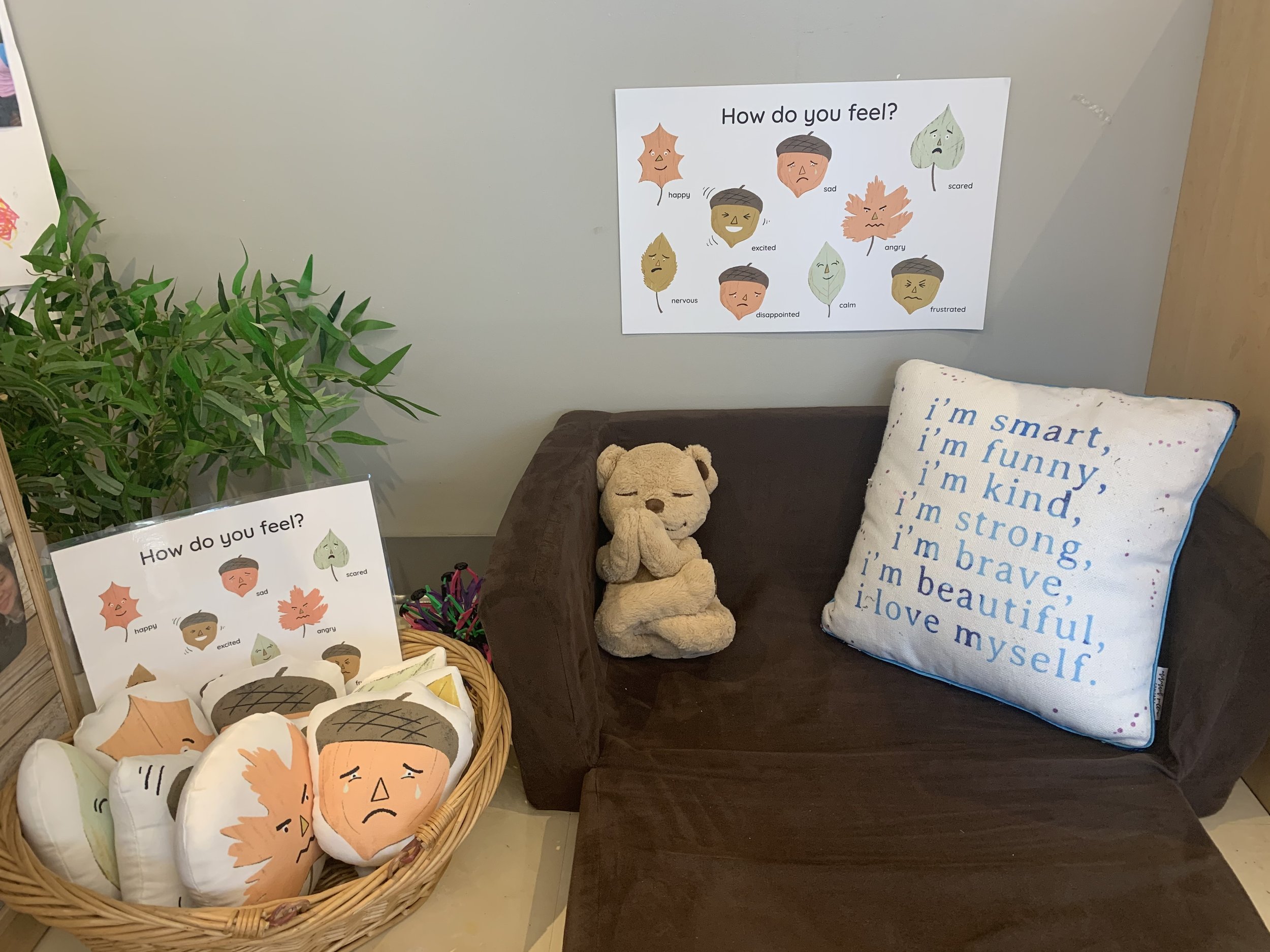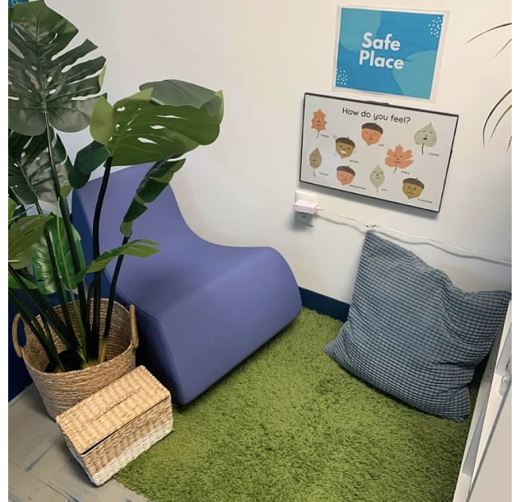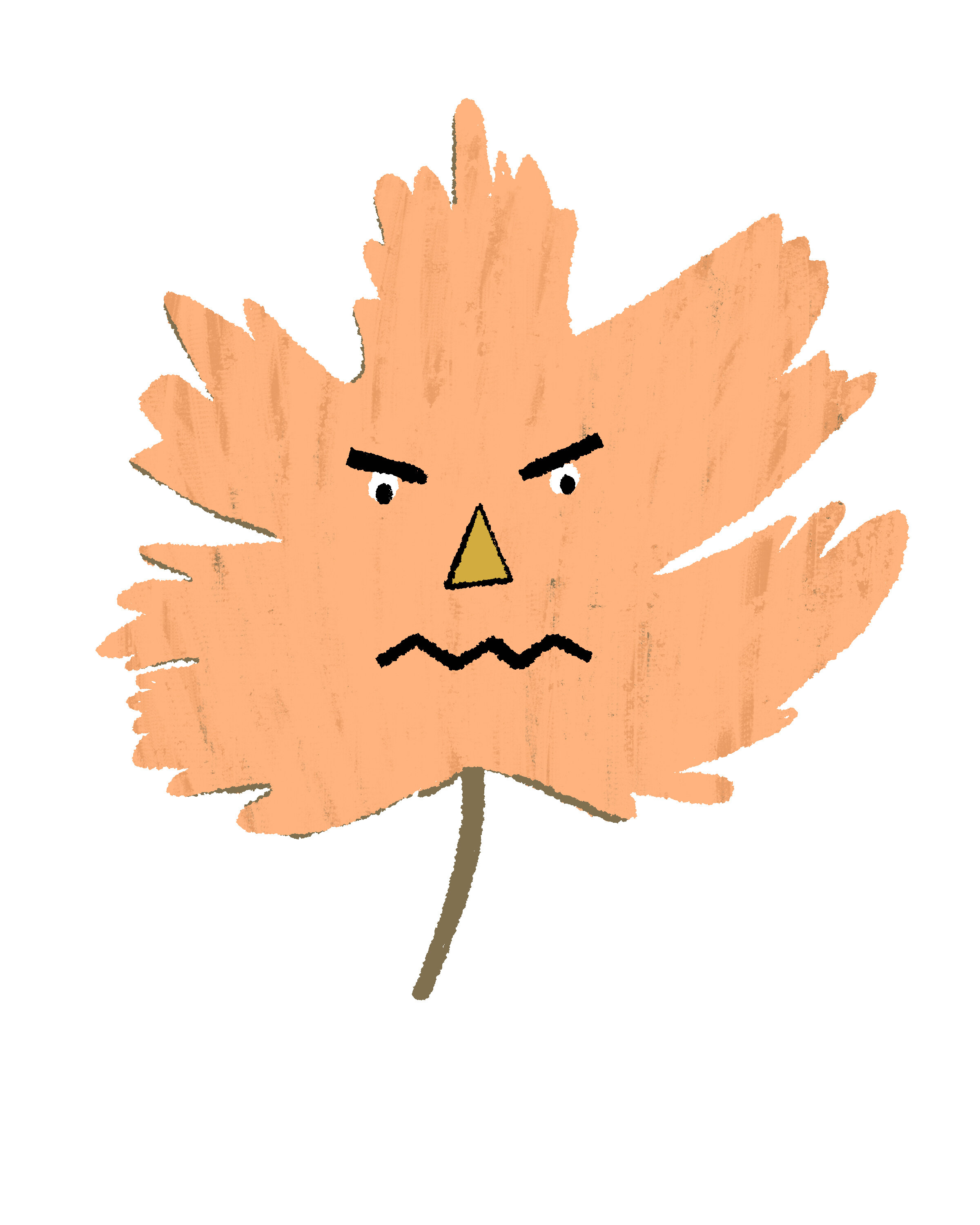Centering Space
The Centering Space is a designated area of the classroom that students can access to support their emotional self-regulation. Students may use the Centering Space when they are calling for love or help; for example: missing home or family members, feeling overwhelmed, feeling frustrated with social conflicts, feeling tired, or feeling anger over classroom expectations. The area features cozy seating, tools to help students calm down, resources to help students identify their feelings, and a variety of activities to help students bring their brains into the executive state. Each teacher’s Centering Space will look different!
The school may create Centering Spaces in common areas as well, such as in a hallway, the main office, and cafeteria.
Students must be taught how to use the Centering Space, and may need ongoing support (especially for younger students).
Essential Components
Cozy seating
Visual representations of common feelings
Self-regulation tools across the five senses (ex., pinwheel, Hoberman sphere, Calming Activities)
Support with problem-solving (ex., CSEFEL Solution Cards)
For more information & resources on each component, see the Centering Space Implementation Guide.
Teaching the Centering Space
Implement a gradual and methodical roll-out plan for Centering Space:
Weeks 1-2: Prioritize safety and connection through rituals and routines. Read a customized Centering Space Social Story. Teach breathing strategies.
Weeks 3-4: Use books to teach, practice, and review identifying feelings. Model identifying feelings with Feeling Friends or How Do You Feel? poster. Teach one self-regulation tool. Continue to practice breathing strategies.
Weeks 5-6: Brainstorm with the class for how to get help solving the initial problem, and introduce Solution Cards for younger students. Introduce and practice the how to use the Centering Space. Consider making your Centering Space a center rotation for 2-3 weeks. Review social story as needed. Continue adding self-regulation tools one at a time, and model how to use each one. Continue to practice breathing strategies.
Calming Activities
Calming Activities include big body movements, fine motor movements, stretching, and breathing exercises. Children may engage in these activities to guide their bodies and brains towards regulation both when experiencing big feelings, and during early behaviors that indicate a more intense upset is likely to occur. After moving through the Calming Activities, children may be ready to return to the group, or they may proceed to the Centering Space for additional emotional support.



